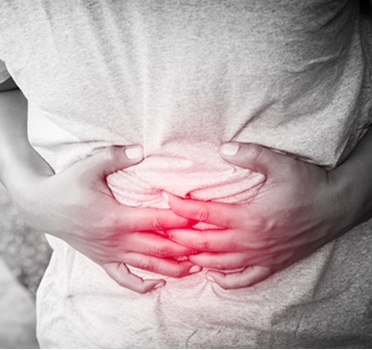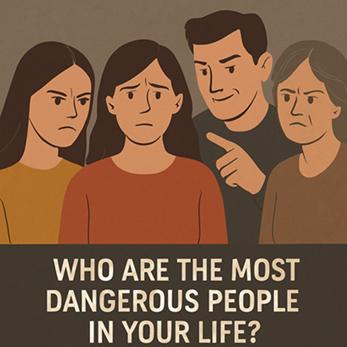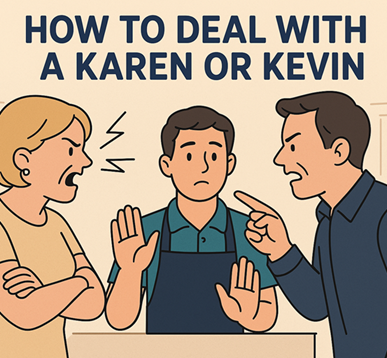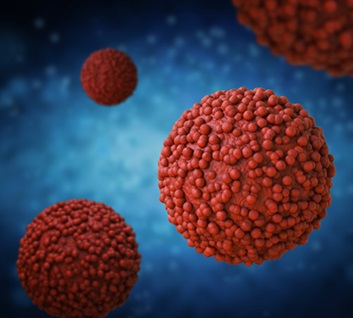Avoiding Carcinogens and Reducing Your Cancer Risk

Cancer remains one of the most pressing health concerns worldwide, and while genetics play a role, environmental factors such as exposure to carcinogens significantly contribute to cancer risk. Carcinogens are substances that can cause or promote cancer by damaging DNA or disrupting cellular processes. These harmful agents can be found in food, everyday products, air pollution, and even household items. This guide will provide a detailed understanding of carcinogens, highlight common products and foods that contain them, and offer practical steps to minimize exposure.
Understanding Carcinogens
Carcinogens can be classified into three main categories:
- Chemical Carcinogens: Found in tobacco smoke, industrial chemicals, pesticides, and some plastics.
- Physical Carcinogens: UV radiation from the sun, X-rays, and radon gas.
- Biological Carcinogens: Certain viruses (such as HPV and Hepatitis B), bacteria, and parasites.
The International Agency for Research on Cancer (IARC) categorizes carcinogens based on their potential harm:
- Group 1: Proven carcinogens (e.g., tobacco, alcohol, asbestos).
- Group 2A: Likely carcinogens (e.g., red meat, glyphosate in herbicides).
- Group 2B: Possible carcinogens (e.g., certain plastics, cell phone radiation).
- Group 3: Not classifiable due to insufficient evidence.
- Group 4: Unlikely to be carcinogenic to humans.
Proven Carcinogens in Everyday Life
1. Tobacco Products
- Cigarettes, cigars, and chewing tobacco contain over 70 carcinogenic chemicals, including benzene, formaldehyde, and arsenic.
- Secondhand smoke is also a major risk factor for lung cancer and other diseases.
2. Processed and Red Meats
- The WHO classifies processed meats (bacon, hot dogs, deli meats) as Group 1 carcinogens due to links with colorectal cancer.
- Red meats (beef, pork, lamb) fall into Group 2A, meaning they are probable carcinogens.
3. Alcohol
- Alcohol is a Group 1 carcinogen, linked to liver, breast, throat, and colorectal cancers.
- It metabolizes into acetaldehyde, which damages DNA.
4. Air Pollution & Diesel Exhaust
- Long-term exposure to vehicle emissions, industrial pollution, and smog increases lung cancer risk.
- Diesel exhaust contains benzene and formaldehyde, both known carcinogens.
5. Household & Industrial Chemicals
- Asbestos (used in older building materials) causes mesothelioma.
- Benzene (found in gasoline and household products) is linked to leukemia.
- Formaldehyde (used in furniture, cosmetics, and adhesives) increases cancer risk.
6. Pesticides & Herbicides
- Glyphosate (found in Roundup) is a probable carcinogen.
- Pesticide exposure has been linked to non-Hodgkin’s lymphoma.
7. Plastics & Food Packaging
- BPA (found in plastic bottles and canned foods) disrupts hormones and may promote cancer.
- Phthalates (in packaging and cosmetics) have been linked to endocrine disruption.
8. UV Radiation & Tanning Beds
- Excessive sun exposure and tanning bed use significantly increase the risk of skin cancers like melanoma.
9. Fried, Burnt, and Processed Foods
- Acrylamide (formed in fried potatoes and baked goods) is a potential carcinogen.
- HCAs and PAHs (from grilled meats) are linked to cancer in animal studies.
10. Radon Gas
- This naturally occurring radioactive gas seeps into homes and is the second leading cause of lung cancer.
How to Reduce Exposure to Carcinogens
1. Improve Air Quality
- Avoid secondhand smoke and use HEPA air filters.
- Test for and mitigate radon gas in your home.
- Minimize exposure to pollution and industrial chemicals.
2. Eat a Cancer-Fighting Diet
- Increase intake of organic fruits, vegetables, and whole grains.
- Limit processed and red meats.
- Avoid charred, fried, and overly processed foods.
- Use glass or stainless steel containers instead of plastic.
3. Practice Workplace & Household Safety
- Wear protective gear when handling chemicals or pollutants.
- Choose non-toxic household cleaners.
- Reduce pesticide use in gardening.
4. Protect Your Skin
- Use broad-spectrum sunscreen daily.
- Wear protective clothing and sunglasses.
- Avoid tanning beds entirely.
5. Limit Alcohol & Quit Smoking
- Reduce alcohol consumption or eliminate it altogether.
- Quit smoking and avoid secondhand smoke exposure.
6. Choose Safer Consumer Products
- Opt for BPA-free plastics or glass containers.
- Use organic personal care products free from parabens and phthalates.
- Avoid non-stick cookware containing PFOA.
Reducing Carcinogen Exposure in Daily Life
1. Use Natural Cleaning Products
- Many cleaners contain formaldehyde, ammonia, and chlorine, which are linked to cancer. Switch to plant-based alternatives.
2. Be Mindful of Personal Care Products
- Many shampoos, deodorants, and cosmetics contain endocrine disruptors. Choose organic, fragrance-free options.
3. Filter Your Water
- Tap water can contain heavy metals and chlorine. Use a high-quality water filter.
4. Avoid Non-Stick Cookware
- Replace Teflon with stainless steel, ceramic, or cast iron.
5. Choose Safe Furniture and Paints
- Many furniture pieces and paints release volatile organic compounds (VOCs), increasing cancer risk. Opt for low-VOC paints and natural wood furniture.
Conclusion
Minimizing exposure to carcinogens requires vigilance and proactive choices. While it’s impossible to avoid all harmful substances, adopting a cleaner lifestyle—such as improving air quality, eating a nutritious diet, and choosing safer products—can significantly reduce your risk. By implementing these practices into your daily routine, you can take charge of your health and lower your chances of developing cancer.
Company Info
Customer Service
Product Information
- TASER® and Stun Devices Regulations by State
- TASER® Safe Escape Product Replacement Guarantee
- TASER® Comparison Chart
- TASER® User Manuals
- TASER® Warranty Info
- Byrna Product Catalog
- PepperBall Manuals & Spec Sheets
- Pepper Spray Laws
- Air Gun Laws
- States that Restrict Automatic and Butterfly Knives
- Our Print Catalog



































































